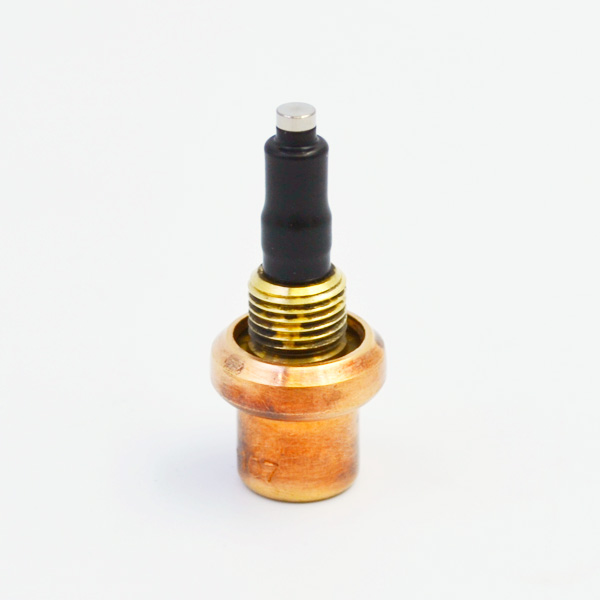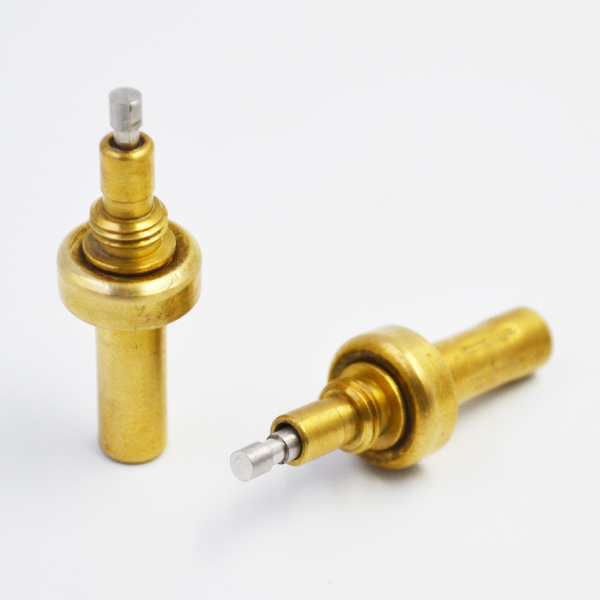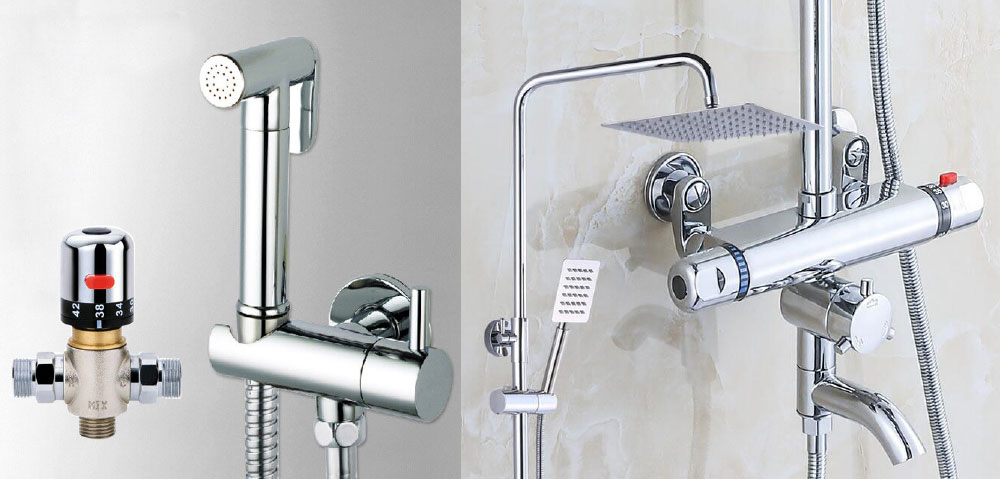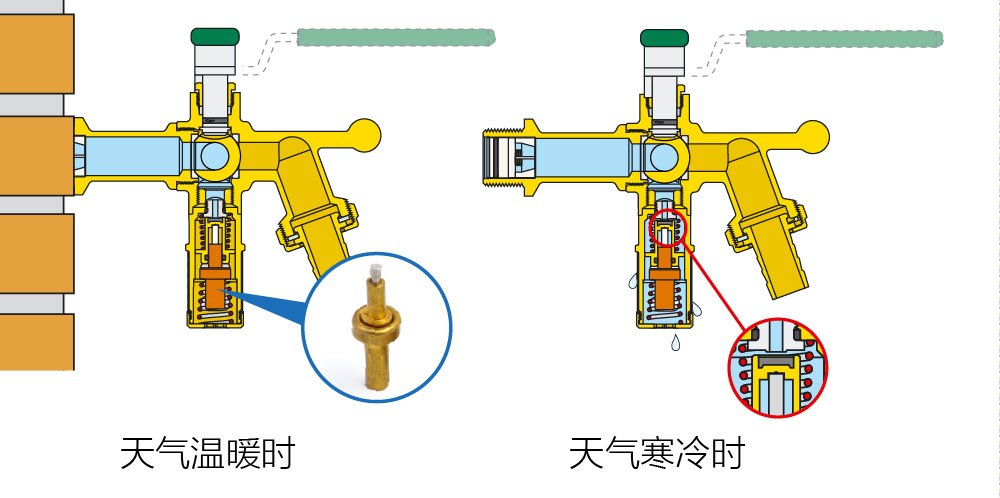Wide-area oxygen sensor can accurately describe the exhaust concentration state, which is more advantageous than traditional oxygen sensor. Based on the principle of wide-area oxygen sensor, the controller of wide-area oxygen sensor is designed from hardware and software. The relationship between the output voltage and the excess air coefficient was established by calibrating the controller.

Finally, the controller was applied on the performance test bench of the oxygen sensor valve distribution system.
The application results show that the controller has good dynamic performance, can track the change of excess air coefficient, and then accurately calculate the exhaust air-fuel ratio, which has potential popularization space. In the environment of energy security, it is the general trend to develop energy-saving and environmental protection equipment. Traditional oxygen sensors can not meet the high requirements of emission standards. They can only qualitatively display the two states of gas concentration, but can not accurately express the degree of concentration with data. In addition, its engine air-fuel ratio control system can only feed back the equivalent air-fuel ratio, which has great limitations. These are the background of the wide-area oxygen sensor. Its measurement range is wider and its accuracy is higher.
Because of its special structure, it is necessary to cooperate with the controller before it can be used. Therefore, based on the LSU4.9 wide-area oxygen sensor of BOSCH company and the performance test bench of its valve distribution system, a wide-area oxygen sensor controller [1-5] is designed. Wide-area oxygen sensor is improved by adding a pump battery on the basis of traditional oxygen sensor. Its structure sketch is shown in Figure 1.

When the exhaust gas (exhaust gas) enters the test chamber through a diffusive orifice, the induced electromotive force US will be generated on both sides of the induction chamber at a suitable temperature (750 C). The traditional oxygen sensor sends US directly to the electronic control unit (ECU), but the wide-area oxygen sensor is different from this.
It compares the Uref (0.45V) produced by the US and the controller to judge the exhaust concentration of the controller. Then, the controller generates a pump current, which flows to the pump battery of the wide-area oxygen sensor, so that the oxygen pump enters or pumps out of the test chamber. When US > 0.45 V, the excess air coefficient is less than 1.

In the dense combustion state, the sensor controller will generate reverse pump current Ip, which will pump oxygen into the test chamber, reduce the exhaust concentration and restore US to 0.
45 V. When US < 0.45 V, the excess air coefficient is more than 1, which is in lean combustion state. The sensor controller will generate forward pump current Ip and pump oxygen out of the test chamber. The above two adjustments make the air-fuel ratio in the test chamber always near the theoretical air-fuel ratio (corresponding to excess air coefficient lambda=1), and keep the voltage US at both ends of the induction chamber at about 0.45 V. In the process of oxygen pump entering or pumping out of the test chamber, the size and direction of the pump current Ip produced by the oxygen pump can accurately reflect the value of lambda [6-9]. The hardware of the wide-area oxygen sensor controller mainly consists of the main chip, temperature control module, pump current control module, calculation module of the value of lambda and CAN communication module. The hardware block diagram is shown in Figure 2. High-performance 32-bit ARM? Cortex? -M4 RISC processor design. The voltage of induction chamber and resistance Rref are compared to control the voltage of heating resistance and realize the temperature control of sensor. The calculation module of lambda value: The pump current can be obtained by collecting the voltage of the fixed resistance RS of the current control module of the pump. CAN communication module: data transmission between the controller and the computer software is realized, and the obtained value of lambda is sent to the computer software.
The development platform used in the software part is Microsoft’s Visual Studio development environment, which is currently the most popular Windows platform application development environment. The software program is written in C# language, including main program, temperature control module, pump current control module, calculation module of lambda value and C AN communication module. The flow chart of the main program is shown in Figure 3. The value of lambda obtained by the calculation module of lambda value is sent to the computer software. In order to obtain the precise relationship between the output voltage U value and the excess air coefficient lambda value of the wide-area oxygen sensor controller designed in this paper, and to accurately reflect the gas concentration, the calibration test of the controller was carried out. Lambda Meter ES63 air fuel ratio analyzer produced by ETAS Germany. The measurement range of excess air coefficient is 0.6-16, and the sampling rate is 2 kHz. After average processing of the measured data, the corresponding relationship between lambda and U is obtained, as shown in Table 1. The corresponding relationship curve is shown in Figure 4. It can be seen that in the range of lambda 1, the output voltage U and lambda value are basically linear. Due to the different concentration of exhaust gas, the chemical reactions on both sides of the pump oxygen element are also different, so the slope of the two stages is the same, which is in line with the actual situation. After the calibration test is completed, the relationship between the corresponding value of lambda and the output voltage U is programmed into the software to improve the measurement accuracy of the developed controller. After the controller design is completed, the application research is carried out on the test bench.
By adjusting the cylinder concentration of the test bench and stabilizing it in the dense combustion state of lambda=0.8, the exhaust concentration is continuously changed from dense to dilute by propelling the lean gas of O2, thermostatic element and the positive mutation of lambda to lambda=1.5 is shown in Fig. 5. The cylinder concentration of the test bench is adjusted to stabilize in the lean burning state of lambda=1.5. The exhaust concentration is continuously changed from dilute to dense by pushing CO-rich gas. The reverse mutation of lambda to lambda=0.8 is shown in Fig. 6. Compared with the output signal of ES63 air-fuel ratio analyzer and the controller designed in this paper, it can be found that they are basically the same, but the response time of the controller designed in this paper is slightly delayed. However, this does not affect tracking the change of exhaust air-fuel ratio well enough to meet the needs of laboratory research [10-11].

Based on the working principle of the wide-area oxygen sensor, the hardware circuit of the controller of the wide-area oxygen sensor is designed, and the control software is developed.
The controller was calibrated and validated on the performance test bench of oxygen sensor valve distribution system, and put into application. The experimental results show that the controller has good dynamic performance, can track the changes of excess air coefficient and exhaust air-fuel ratio, and has potential promotion space.
